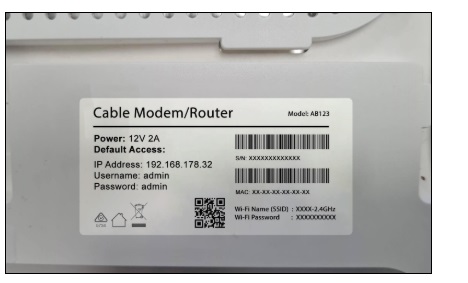192.168.178.32 is Network Name (SSID) of your devices, it can communicate with each other without the internet and check http://192.168.178.32.
Let’s decode 192.168.178.32
If you hear “192.168.178.32,” you may think it’s a string of random numbers, but it’s a special code that is helping your devices talk to each other. Let’s break it down in layman’s terms, whether you’re a tech whiz or just want to know how the internet works. The numbers 192.168 were chosen for private IPs because they appear convenient to memorize and don’t conflict with public IPs used on the internet. You could think of it like a secret code for your home network.
- 168: Class C private IP range reserved for local networks. All devices share the same street name, like in a neighbourhood.
- 178: This is the subnet, or smaller subdivisions by which the network gets divided. It’s like a certain block in the neighbourhood.
- 32: This is the unique identifier of a certain device. It’s like the address on that street, the house number.
How to login to 192.168.178.32 IP Address?
Step 1: Use the Same Network
- First, make sure that your PC or smartphone is connected to the same local network (WiFi) as the device with the IP address 192.168.178.32. It might be your home Wi-Fi or office network.
Step 2: Open a Web Browser
- Open any web browser (Chrome, Firefox, Safari, etc.) and enter http://192.168.178.32 into the address bar. Press Enter.
Step3: Fill-Up Login Questions
- You’ll be asked to provide a username and password. This information is generally available in the device’s manual or on a label placed on the device. Common defaults include:
- Username: admin
- Password: admin or password
- If you have already changed the login credentials, use them.
Fourth Step: Open the Device Settings
- After logging in, you will be directed to the device’s settings or management interface. It could be a router, camera, printer, or some other device connected to a network.
Common Default Credentials for 192.168.178.32 IP Address
| Manufacturer | Username | Password |
|---|---|---|
| TP-Link | admin | admin |
| Netgear | admin | password |
| D-Link | admin | (leave blank) or admin |
| Asus | admin | admin |
| Linksys | admin | admin |
How to Change Your Wi-Fi Password & Network Name?

- Access your router settings via your web browser to do so you need your router IP address (e.g 192.168.1.1)
- Log In: Default username/password (usually “admin/admin”) or your personalized credentials.
- Change Wi-Fi Settings: Navigate to Wireless or Wi-Fi Settings, modify the Network Name (SSID) and Password, and save.
- Re-Connect Devices: Use the new name and password to re-connect your devices.
Techniques to Efficiently Manage IP Addresses
- Protect Against Conflicts: Ensure that no two devices share the same IP address. This may lead to a connection issue.
- Use DHCP: The most common way routers assign an IP is through DHCP (Dynamic Host Configuration Protocol). That saves you the hassle of configuring addresses manually.
- Keeping It Secure: Change default passwords on devices sharing private IPs to reduce security risk.
192.168.178.32 may look like a bunch of numbers, but it’s a workhorse that keeps your digital life moving along. Whether you’re streaming, gaming or simply browsing, this unassuming address is working behind the scenes to make it all happen.
Well, now when you see something like 192.168.178.32 next time, at least you’ll know it’s not just a random string, but it’s a small mighty portion of your connected universe.
